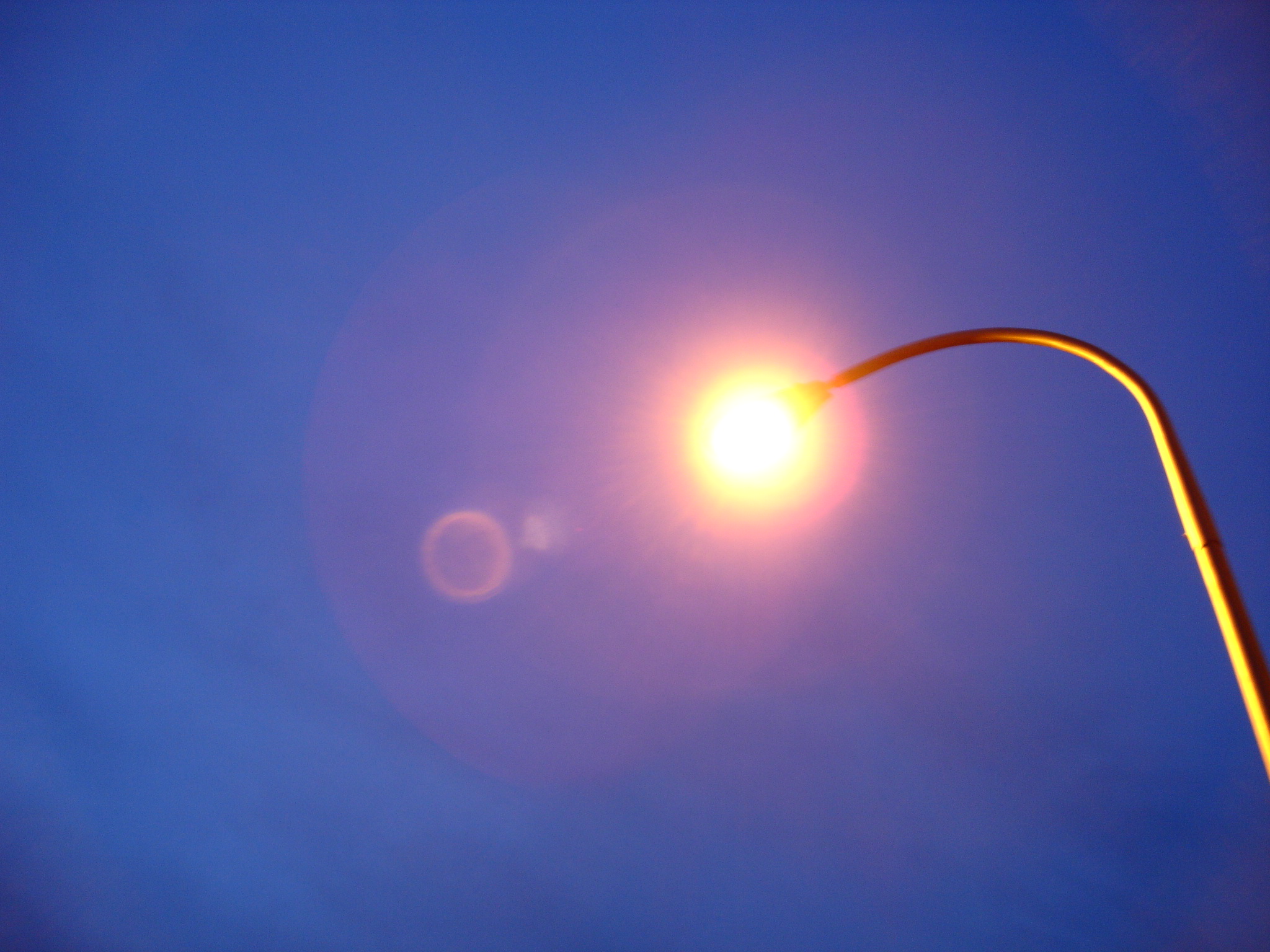Have you ever listened to a street light?
Street lights are a common source of RFI on 40 and 80 meters. How to diagnose them? Read On...
The following is a discussion from the RFI reflector on finding RFI from street lights by Frank Haas KB4T, a utility RFI investigator in Florida. With these RFI sources being a common irritant to the active contester, Frank's explanations and suggestions are good information. The article was reprinted in the recent ARRL's Contest Update.
"As a Utility Interference Investigator, I run into bad street lights all the time. The most common failures are cycling and constant "invisible" RFI. Listening with a radio tuned to a quiet spot (or 1710) on the broadcast band, you can usually hear the repetitive street light symphony. Sometimes the RFI produced by these failed cycling lights can be heard as high as 325 MHz.
"In my region, the cycling street lights can produce the following sounds in a receiver. As the bulb first dimly lights, the RFI begins. In the receiver a broadband buzzing modulation can be heard that seems to have a low pitch. As the street light bulb increases in brightness, the pitch of the modulated RFI increases in lock step with the bulb's brightness. At full brightness the RFI's modulation reaches its highest pitch and greatest loudness. When the bulb goes out about 10 seconds later, the RFI stops. In 30 seconds to a minute, the process repeats.
"When a street light produces constant, unchanging RFI, it can be heard strongest at low frequencies. Only 50% of the time have I been able to detect a street light producing constant RFI at frequencies above 50 MHz. The light DOES NOT need to be illuminated to produce this constant RFI. However, it's usually very easy to pinpoint the offending light...either the photocell or ballast are bad.
"Like any other RFI source, finding a bad street light requires a portable/mobile receiver with RF Gain control, signal level indicator and directional antenna (or sensible technique based on signal strength). Not all street light RFI manifests itself as visible light. However, it can always be heard. Good DFing tools and technique will get the problem located promptly so repairs can be ordered."
Fellow investigator, Mike Martin K3RFI, notes "The cycling lights are High Pressure Sodium (HPS) type and if cycling only at night the photocell is functioning properly. If the light cycles 24/7 the photocell is also bad. It's more common to be 24/7. The defective photocell causes the lights to fail earlier than normal. HPS bulbs are a common source of RFI on 40 and 80 meters and is (observed as) a single spike when using a scope. The cycling is caused by the element in the bulb opening when it gets hot. During the noise cycle the bulbs usually illuminate. This makes them easier to locate in the dark."
Subscribe to:
Post Comments (Atom)


No comments:
Post a Comment